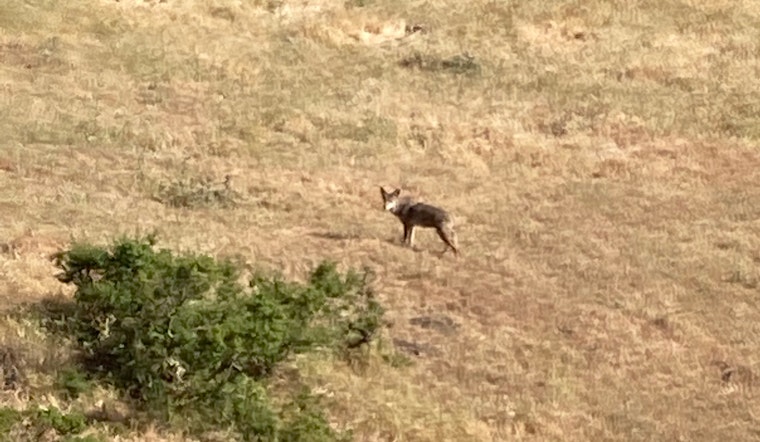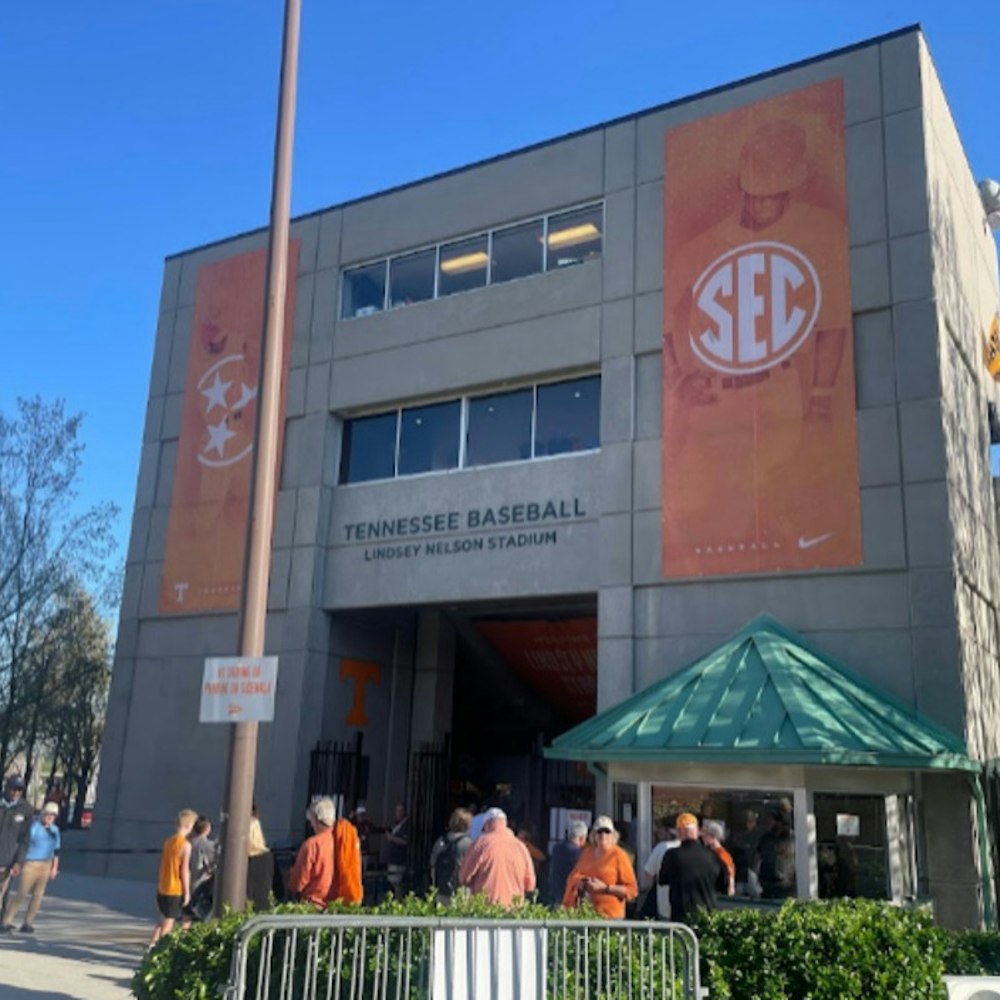
Residents of San Jose's Villages Golf & Country Club, a residential community for people age 55 and over, say that coyotes have been attacking and killing their dogs and cats.
That's according to ABC 7 News, which spoke with a number of residents about the attacks. Resident Cheryl Genovesi said that some 14 pets died from coyote attacks in the last 15 months, plus a number of pets have been injured.
"This coyote came out of nowhere," resident Diana Holcomb told the outlet, describing an attack in May, when she said a coyote picked up and killed her maltipoo as she was still holding onto the small dog's short leash. "We were ambushed."
"Picked her up and broke her neck, and punctured her. She was screaming, I was screaming, trying to get her pulled up into my arms," Holcomb said. "She was already dead. She was dead instantly."
As people encroach further and further into coyotes' natural habitat, encounters become more common. And when drought conditions make food and water scarce, these rangy predators are even more likely to risk coming near people. Experts say the animals are naturally afraid of humans, but may see small pets as prey. And if the coyotes lose their fear of people, that can spell trouble. In February, a coyote bit a three-year-old child in Moraga, even as the child's parent fought it off, as ABC7 News reported at the time.
Villages residents described trying to defend their pets, taking bear spray and weapons on walks with them, as well as trying to chase off the coyotes — leading one man to trip and fall, sending him to the hospital. "I got it off into the bushes, but fell doing it," Nelson Frick told the outlet.
Their efforts haven't met with the success they hoped, according to Holcomb: "Even if I had the bear spray with me — because I was just taking her out for a second — I couldn't have pulled it out fast enough," she said. "Because it was there, and it was on [the dog] in seconds."
The residence community's general manager called it an "ongoing co-existence battle," according to the outlet, saying the coyotes in the area have lost their fear of humans. The Villages is trying to educate residents on ways to eliminate food sources (like bird feed and pet food left outside) in hopes of giving the animals fewer reasons to come around.
"Coyotes that are fed in residential neighborhoods can lose their fear of people and may eventually test humans (and pets) as possible prey," according to the Urban Coyote Research Project. "Intentional feeding, such as bait stations in yards or parks, should be strictly avoided. However, many people unintentionally feed coyotes by leaving pet food or garbage out at night or having large bird feeders. Coyotes are usually not interested in bird food, but bird feeders often attract rodents, especially squirrels, which then attract coyotes."
"I don't think there's enough bird feeders to attract all the coyotes that we're dealing with now," said Frick, who said one of his dogs was also killed by a coyote in May.
California Senator Dave Cortese's office said the lawmaker has been helping seek solutions to the issue.
"Our Department of Fish and Wildlife has been working closely with The Villages management and staff over the past several months to monitor this situation and administer the best course of action," the senator's office wrote in a statement provided to ABC7 News. "My Office is also in regular communication with the Department of Fish and Wildlife and The Villages to serve as a resource and evaluate what can potentially be done on the legislative level to help to reduce these types of conflicts with coyotes in our community."
Residents of the community also shared with the outlet a letter from Sen. Cortese in which he said that The Villages Homeowners Association has the authority to decide whether to trap and euthanize the coyotes.
Read Hoodline's post on how to safely handle encounters with coyotes to learn what the experts say about how to coexist with these increasingly urban animals.








